Hill repeats are classic bread-and-butter workouts for distance runners and sprinters alike.
Running uphill benefits your cardiovascular and musculoskeletal systems, making it an effective and efficient way to combine speed work and strength training into one workout.
Runners can reap unique advantages from hill sprints and long uphill climbs at an endurance training pace. For example, hill sprints develop strength, speed, and turnover, while longer hills build endurance and mental resilience.
So, if you need support to turn your dread of hills into motivation, here are 12 reasons to embrace running uphill.
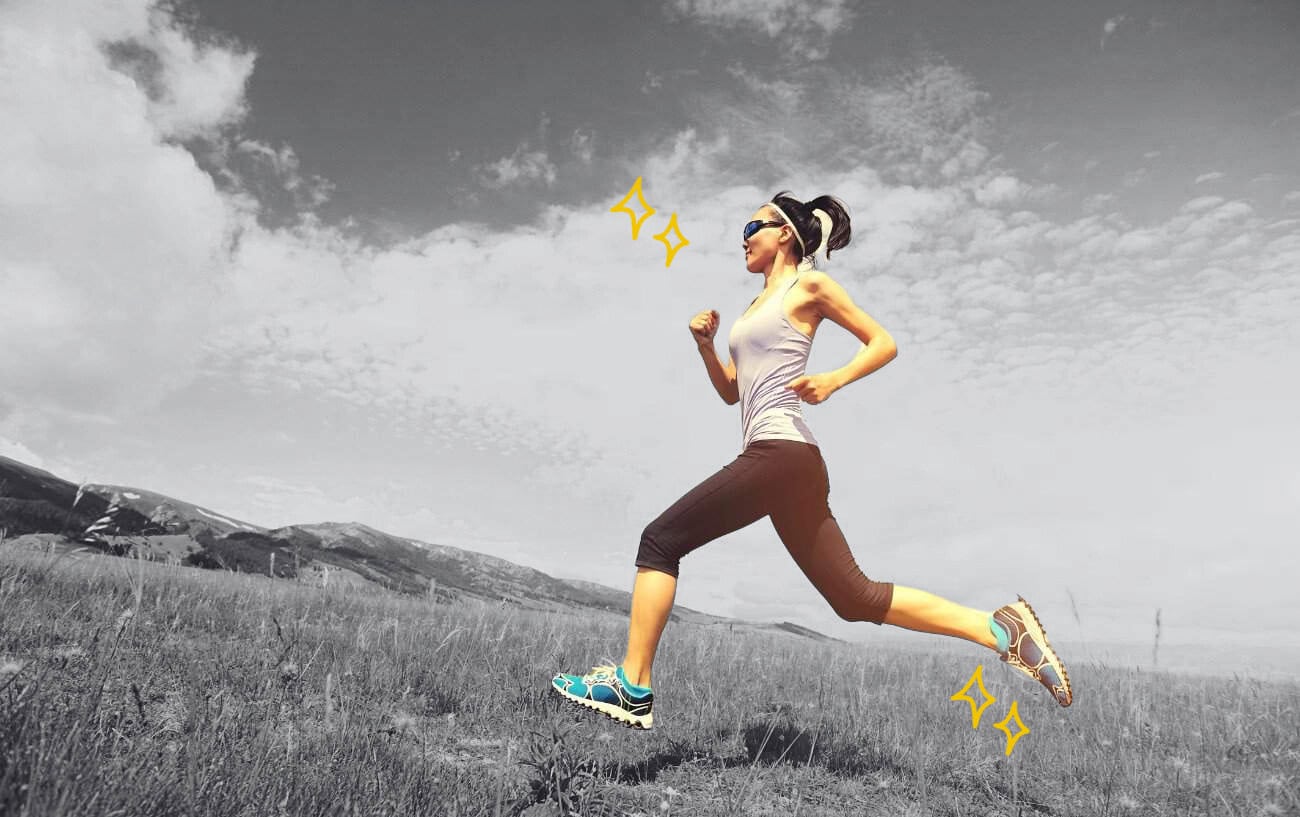
12 Running Uphill Benefits
Running uphill provides both physical and mental benefits. If you’re struggling on hills during races, these workouts might be the missing link in your training.
Here are some of the top benefits of hill running:
#1: It Improves Cardiovascular Capacity
Running uphill strengthens your heart and lungs, boosting your cardiovascular fitness. If you take on long endurance uphill climbs, either up a long mountain run or on a treadmill set at a gradient, you can also boost your endurance by running uphill.
The oxygen demand from your muscles is higher when you run uphill, so your heart rate naturally rises1Padulo, J., Powell, D., Milia, R., & Ardigò, L. P. (2013). A Paradigm of Uphill Running. PLoS ONE, 8(7), e69006. https://doi.org/10.1371/journal.pone.0069006 and you have to breathe deeper and faster than when you run on flat ground. Therefore, hill workouts can strengthen your heart and lungs over time and increase your stroke and tidal volumes.
#2: It Builds Lower Body Strength
Most runners know that strength training is essential to our training, but sometimes, we lack the motivation to hit the gym for squats, lunges, and deadlifts.
Running uphill repetitions can almost be equated to strength training leg muscles in disguise. It builds strength and power in the glutes, calves, quadriceps, hamstrings, and hip flexors. Increases in leg strength from hill running can translate to a more powerful running stride.
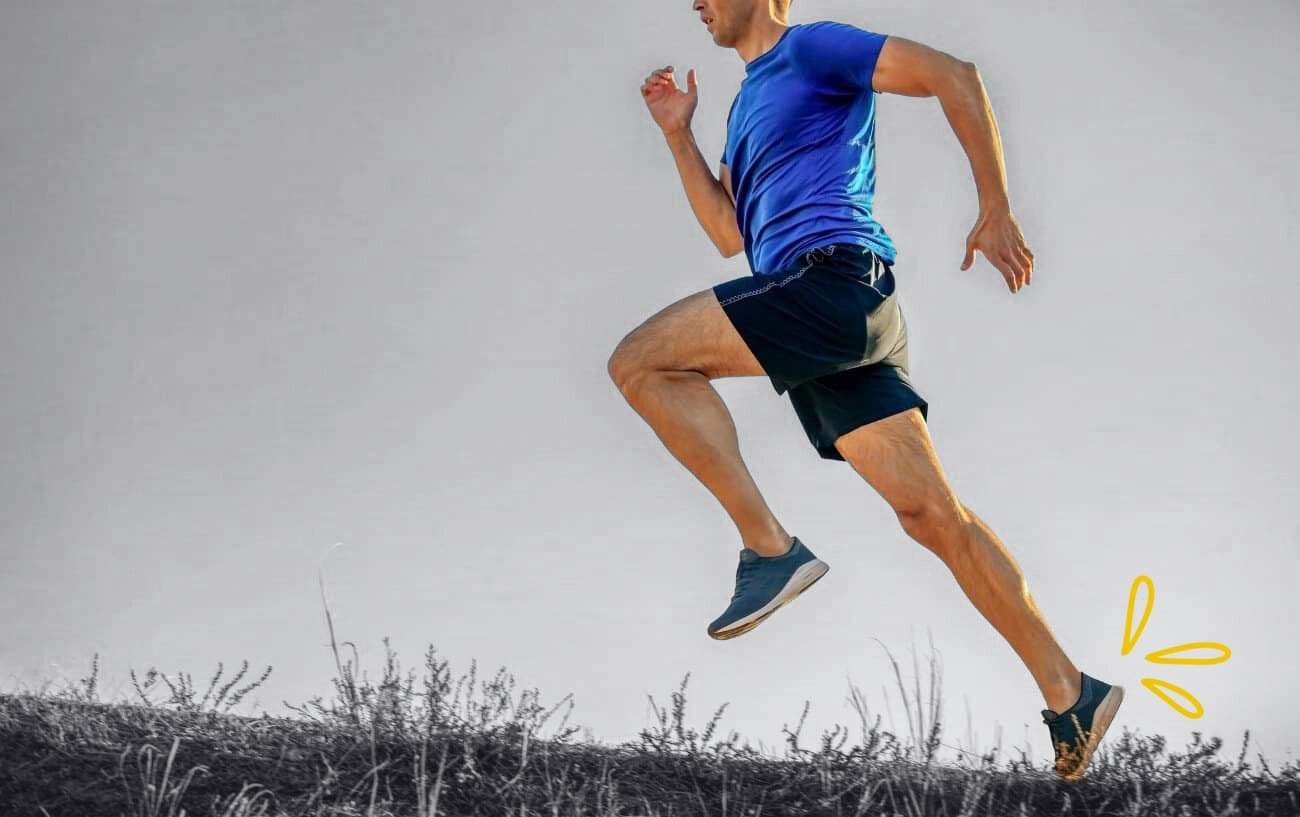
#3: It Engages Your Core and Arms
In addition to building leg strength, running uphill benefits your upper body and core. Proper uphill running form requires a strong arm drive. Also, to drive your knees up, you engage your core even more when running uphill than on a flat surface.
Runners don’t often consider the importance of strong arms, but your arm swing dictates the power and pace of your turnover, so be sure to pump those arms with power and conviction.
#4: It Can Make You Faster
Hill repeats are one of the best speed workouts for runners of all distances, whether you are a sprinter or training for a long-distance race like a half marathon or marathon.
Attacking each hill rep at top speed is a great way to train your body to run faster without doing intervals on the track.
Moreover, the muscles used for running uphill are the same ones recruited for sprinting, so hill repeats can help condition your body for faster paces.
To boost your speed by running uphill, do high-intensity short hill repeats (100-200m) at near-maximal speed.
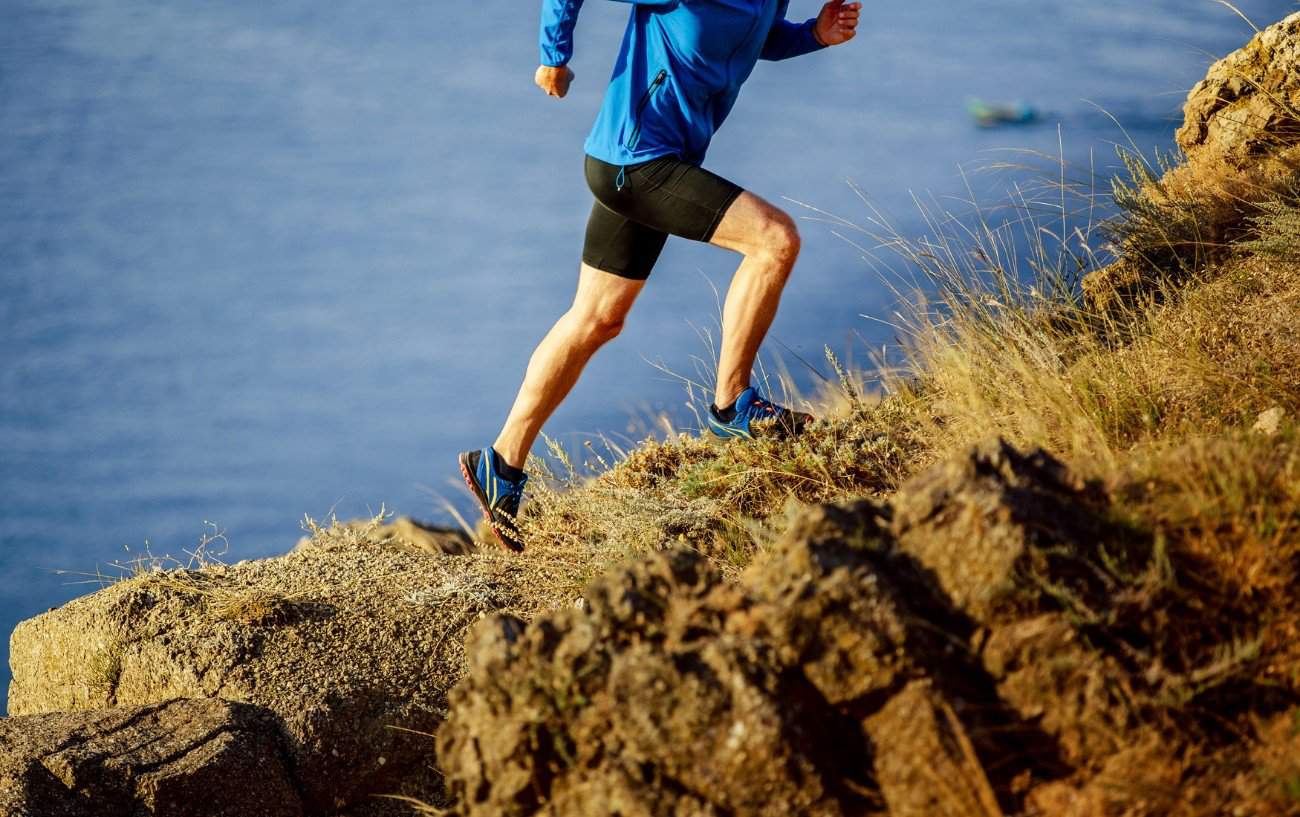
#5: It Improves Running Form
One of the best benefits of running uphill is that it’s a more natural way to work on your running form than trying to consciously do a bunch of form drills.
Running uphill forces a strong knee drive, good posture, quick turnover, and a shorter stride, so you land more on the balls of your feet or midfoot rather than your heel.
Be sure to keep your chest up, back straight, core tight, and shoulders back as you run uphill. Don’t hunch over.
#6: It Boosts Running Economy
Studies show2Barnes, K. R., Hopkins, W. G., McGuigan, M. R., & Kilding, A. E. (2013). Effects of Different Uphill Interval-Training Programs on Running Economy and Performance. International Journal of Sports Physiology and Performance, 8(6), 639–647. https://doi.org/10.1123/ijspp.8.6.639 that running uphill can improve running economy and make you a more efficient runner by increasing your cardio capacity and aerobic energy production.
The better your running economy, the faster and longer you can run before being overcome by fatigue.
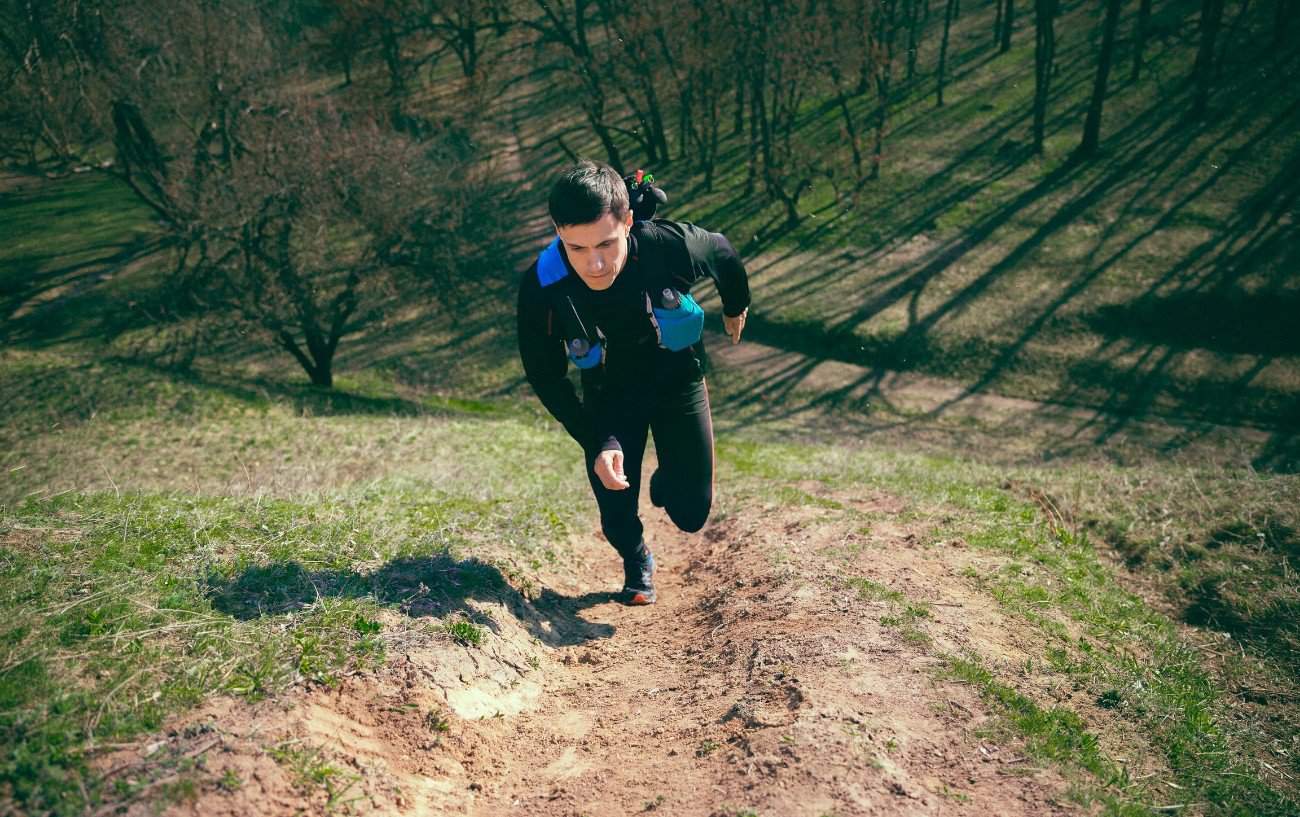
#7: It Increases Cadence (Turnover)
Your turnover refers to how quickly your feet land when you run, so it’s another way to look at running cadence. Running uphill requires you to shorten your stride and take shorter quicker steps.
This can help you increase your running cadence, one of two factors determining your running pace (the other being stride length).
However, unlike increasing your stride length, which has been shown to increase the risk of injuries, increasing your running cadence3Heiderscheit, B. C., Chumanov, E. S., Michalski, M. P., Wille, C. M., & Ryan, M. B. (2011). Effects of step rate manipulation on joint mechanics during running. Medicine and Science in Sports and Exercise, 43(2), 296–302. https://doi.org/10.1249/MSS.0b013e3181ebedf4 makes you faster and reduces the risk of injury. Win-win.
#8: It Enhances Race Performance
Who doesn’t want to run faster or set a new PR?
Studies show that incorporating hill training into your workout program can improve 4VO2 maxWorku, N., & Taddese, A. (2017). The impact of hill training on middle and long distance athletes: with specific reference to oromia water works athletics club, Ethiopia. International Journal of Scientific and Research Publications, 7(11). https://www.ijsrp.org/research-paper-1117/ijsrp-p7136.pdf and overall race performance.

#9: It Reduces Injury Risk
One of the risks of repetitive high-impact running is the development of overuse injuries. Your bones, joints, cartilage, and connective tissues are subjected to lots of pounding on flat roads, mile after mile.
Running uphill can reduce the risk of certain common running injuries, such as shin splints and knee pain, because it recruits large muscles like the glutes and hamstrings and reduces the pounding impact and load on your bones and joints.
#10: It Burns More Calories
If you want to lose weight or boost your metabolism, here’s some good news: Running uphill torches calories and can rev your metabolism for hours after the workout, particularly if you run your hill repeats at max effort.
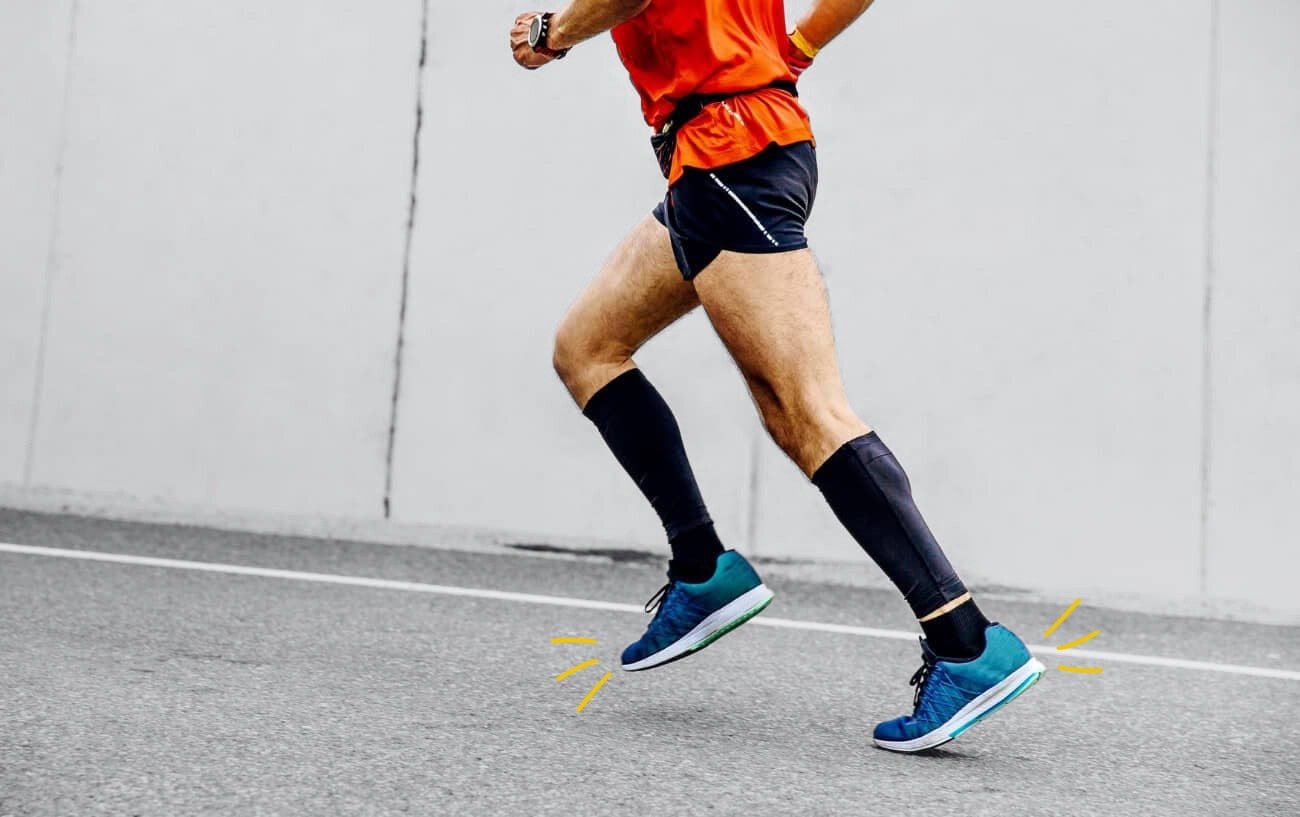
#11: It Adds Variety to Your Training
Flat running every day can become a bit dull for some.
Hill workouts break up the monotony of a regular run. For example, running uphill on the treadmill with repeats at an incline is one of the best ways to pass the time and bust boredom.
#12: It Builds Mental Toughness
Let’s face it: hills are hard for any runner. However, running uphill benefits your mental game nearly as much as your physical body.
Running uphill builds grit and can help you develop the determination and formidable attitude you need to succeed as the runner you want to be.
Focusing on the many benefits of running hills can give you a much-needed willpower boost to give your hill workout your best effort. Remember, hills feel hard for a reason: they work!
Have your running coach add some hill repeats to your training schedule so you can reap the benefits.
We’ve spoken plenty about uphill, but what about running downhill? Check out this next guide:












